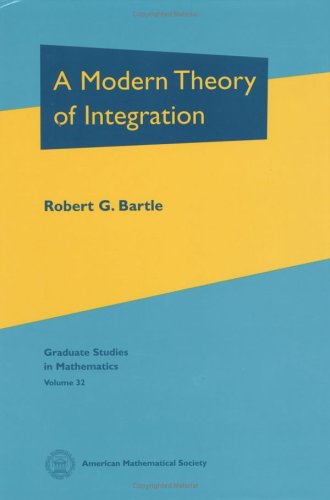

Most ebook files are in PDF format, so you can easily read them using various software such as Foxit Reader or directly on the Google Chrome browser.
Some ebook files are released by publishers in other formats such as .awz, .mobi, .epub, .fb2, etc. You may need to install specific software to read these formats on mobile/PC, such as Calibre.
Please read the tutorial at this link: https://ebookbell.com/faq
We offer FREE conversion to the popular formats you request; however, this may take some time. Therefore, right after payment, please email us, and we will try to provide the service as quickly as possible.
For some exceptional file formats or broken links (if any), please refrain from opening any disputes. Instead, email us first, and we will try to assist within a maximum of 6 hours.
EbookBell Team

5.0
88 reviewsThis book is an introduction to a relatively new theory of the integral (called the "generalized Riemann integral" or the "Henstock-Kurzweil integral") that corrects the defects in the classical Riemann theory and both simplifies and extends the Lebesgue theory of integration. Although this integral includes that of Lebesgue, its definition is very close to the Riemann integral that is familiar to students from calculus. One virtue of the new approach is that no measure theory and virtually no topology is required. Indeed, the book includes a study of measure theory as an application of the integral.
Part 1 fully develops the theory of the integral of functions defined on a compact interval. This restriction on the domain is not necessary, but it is the case of most interest and does not exhibit some of the technical problems that can impede the reader's understanding. Part 2 shows how this theory extends to functions defined on the whole real line. The theory of Lebesgue measure from the integral is then developed, and the author makes a connection with some of the traditional approaches to the Lebesgue integral. Thus, readers are given full exposure to the main classical results.
The text is suitable for a first-year graduate course, although much of it can be readily mastered by advanced undergraduate students. Included are many examples and a very rich collection of exercises. There are partial solutions to approximately one-third of the exercises. A complete solutions manual is available separately.